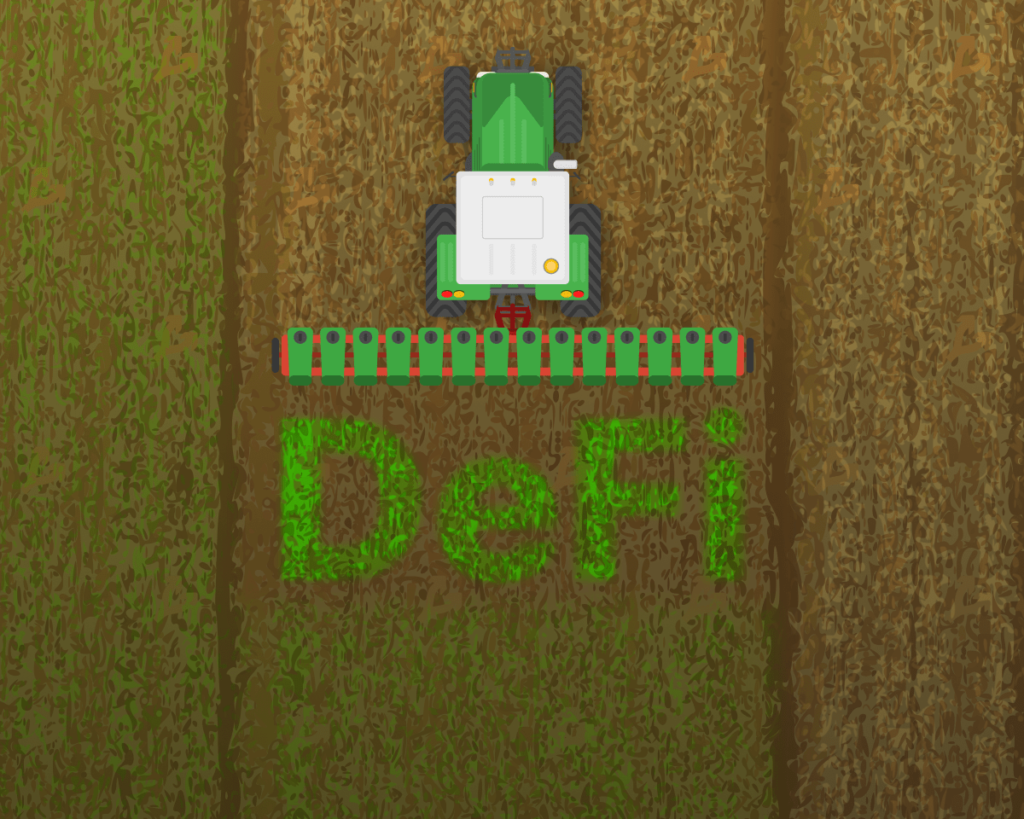
the main thing
- Liquid staking is the issuance of a “derivative” token secured by a cryptocurrency locked instaking. The token can be used for profitable transactions in DeFi applications.
- Thanks to liquid staking, the user receives income from staking, while not losing the ability to manage their capital.
- The largest DeFi project for liquid staking is Lido. Acala Network, Tempus Finance, Meta Pool and other applications also operate in this segment.
- Liquid staking comes with a higher level of risk than traditional staking.
What are the benefits of liquid staking?
Widespread practice in the crypto industrystaking: holders of crypto assets operating in Proof-of-Stake networks receive passive income for working as a validator or delegating their cryptocurrencies to the node operator. To receive income from staking, you need to block cryptocurrencies in a special smart contract.
In turn, liquid staking allows you to use crypto assets even after they are blocked - by obtaining a tokenized version of the underlying asset.
Thus, thanks to the liquid staking of an investor, it becomes possible to both receive a fixed income from staking and use a derivative asset in DeFi applications.
How liquid staking works?
Liquidity staking is a relatively new practice in a small number of DeFi projects.
The most famous example is Lido Finance.This protocol allows you to stake various cryptocurrencies and receive in return an equal amount of a liquid derivative asset. Thus, the user receives income from staking, but can also dispose of the funds received. At the same time, Lido receives 10% of the staking rewards.
What is Lido?
The most popular coin for liquid staking via Lido is ETH. Through the protocol, you can send coins to an Ethereum 2.0 contract and receive stETH tokens in return.
Then stETH can be used for profitablefarming or getting a loan in popular protocols: Aave, Maker, Compound, yearn.finance, Harvest, Badger and other applications. All stETH use cases are featured on the Lido blog.
Each stETH token is backed by ETH lockedin staking. In addition, the amount of stETH at the disposal of the user changes in accordance with the accrual of ETH rewards to him. After the full launch of Ethereum 2.0, it will be possible to burn every stETH and get real ETH back. Now the token can be exchanged on the secondary market.
In addition to Ethereum, the Lido protocol supports Solana (SOL), Polkadot (DOT), Kusama (KSM), and Polygon (MATIC) liquid staking.
What other services are there for liquid staking?
In addition to Lido, there are at least a few applications on the cryptocurrency market that provide liquid staking services:
Acala Network.A Polkadot-based protocol that only supports assets issued on that network. Acala offers higher DOT staking returns than classic staking. The minimum amount is 5 DOT. As with Lido, the protocol issues an LDOT token to the user. It can be pledged to borrow a certain amount of aUSD (backed by a basket of tokens, a stablecoin created by Acala), and then become a liquidity provider in the LDOT/aUSD pool. LDOT can be directly exchanged for aUSD or other assets in the Acala ecosystem at market prices.


Rocket pool. Competitor of Lido in the Ethereum ecosystem.It works on a similar principle, issuing rETH in exchange for blocking ETH for staking. The minimum entry threshold is 0.1 ETH. The rETH token can be traded for the more popular wrapped ether WETH on the Uniswap exchange, opening up a wide range of opportunities for DeFi operations.
Tempus Finance.Works on the Ethereum blockchain with various liquidity tokens: stETH, cDAI, aDai, xSushi. Tempus users are offered to lock up these tokens for a specified period in exchange for another derivative asset, the value of which is determined by the price of stETH, cDAI, aDai or xSushi, to which is added the yield accumulated from staking at a specific date in the future.
Marinade.Liquid staking service on the Solana blockchain. In exchange for locking the native SOL coin in the Marinade protocol, the mSOL token is issued, which can be exchanged for SOL and the resulting staking income. mSOL can be used in lending protocols, liquidity pools, and income farming to earn a Marinade Governance Token (MNDE).
Meta Pool. Service from the Near ecosystem.For locking Near tokens into the protocol, users receive stNEAR with the opportunity to accumulate staking income and preserve liquidity for work in other markets. As in previous examples, stNEAR can be used in liquidity pools or as collateral for loans.
What are the risks associated with liquid staking?
Therefore, liquid staking cannot be called a completely safe activity. There are at least a few risks that can be identified:
- Protocol smart contract vulnerability is a traditional risk for DeFi. The code of a low-quality contract may contain vulnerabilities that can be exploited by attackers.
- Blockchain risk – refers mainly to stakingETH via Lido. Users will be able to withdraw ETH from a staking contract only after the launch of the Ethereum 2.0 mainnet. The exact timing of this event is not known. Also, the update may cause unexpected network outages.
- Market risks.Liquid staking is a way of issuing pseudo-derivatives based on cryptocurrencies. At the same time, the price of the underlying asset is extremely volatile. If a derivative token is used to support an open position, a drop in the price of the “master” coin can lead to a chain reaction of liquidations and an increased level of losses.
- Systemic risks. Due to the close interconnection of DeFi protocols, including through liquid staking, security problems in one protocol can lead to problems in several projects at once.
What else to read?
What is DeFi 2.0?
What is Ethereum Name Service (ENS)?
What is a Cryptocurrency ETF?
What is Decentralized Finance (DeFi)?
What are algorithmic stablecoins?




